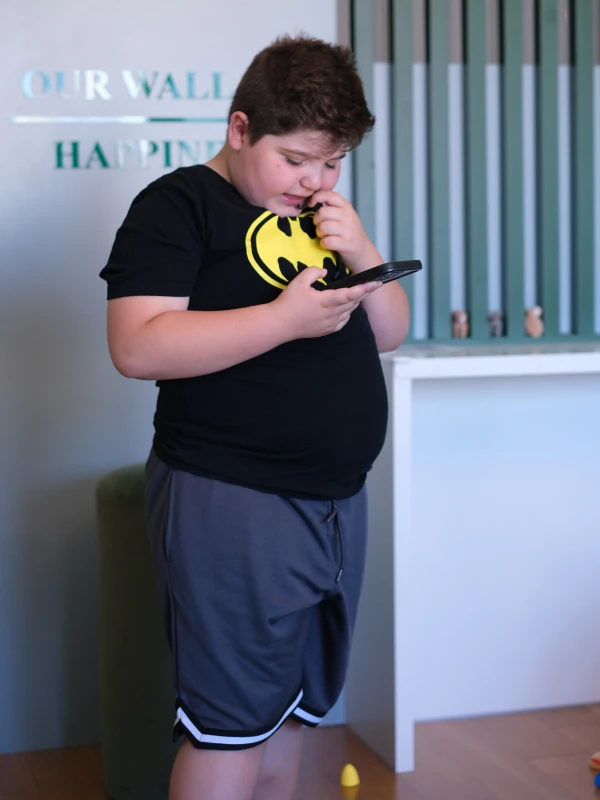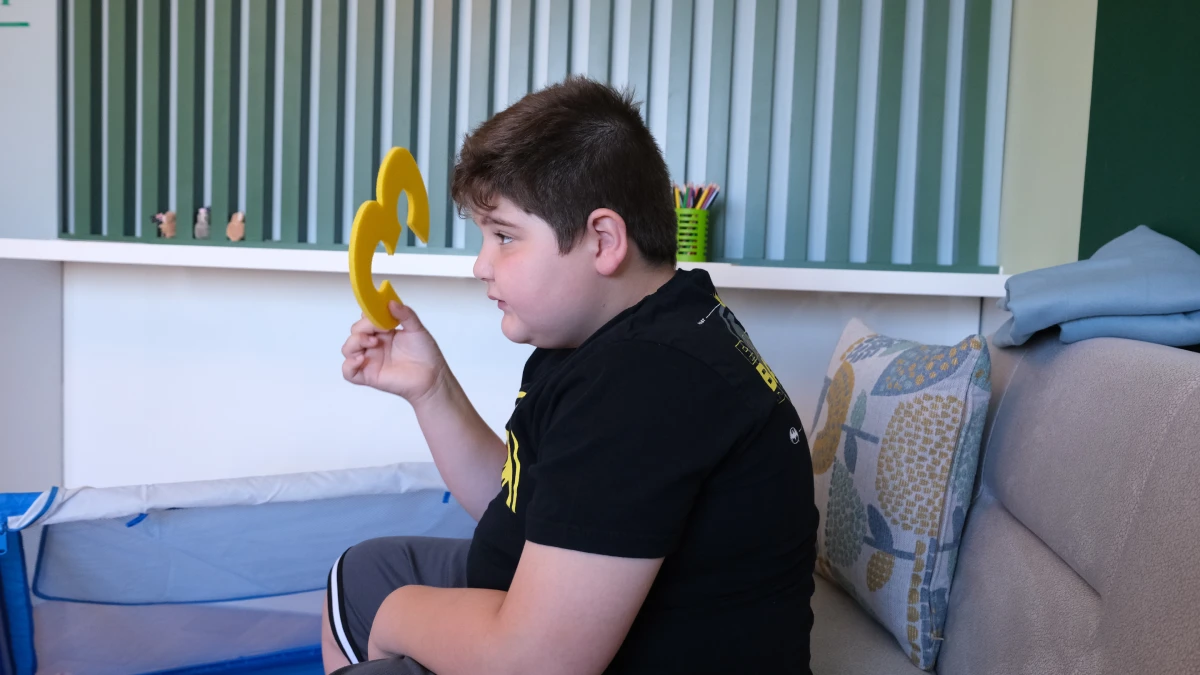Creating an inclusive classroom environment for students with autism is vital to their academic and social growth, but it’s not always easy. As parents and educators, the journey can be challenging and sometimes overwhelming. Autistic students often face unique hurdles in communication, sensory processing, and social interactions, which can make school life difficult for both the child and their caregivers. However, with the right support, understanding, and compassion, these children can truly thrive. This blog is here to offer practical, evidence-based tips to help parents and educators work together to build a nurturing and inclusive environment that fosters not only success but also joy and connection for each child. We understand how hard it can be, but every small step can make a world of difference.
Table of Contents
Understanding Autism in the Classroom
Children with autism often experience difficulties with social interactions, communication, and sensory sensitivities, which can hinder their learning experience (National Autistic Society, 2020). These challenges require tailored approaches to ensure autistic students feel understood and supported. By focusing on individualized learning plans and sensory accommodations, parents and educators can foster an inclusive environment that meets the unique needs of each child.
Personalized Learning Plans for Autistic Students
One key strategy is the development of Individualized Education Plans (IEPs). These plans address the specific needs of each autistic student, ensuring that their unique strengths and challenges are recognized. IEPs may include goals related to academic achievement, social skills development, and sensory integration, all of which contribute to a more inclusive classroom environment (Jones et al., 2019). Parents can collaborate with schools to ensure their child’s IEP is aligned with therapeutic goals, creating consistency in their child’s support system.
Sensory-Friendly Classrooms
Autistic students often struggle with sensory processing issues, which can affect their ability to concentrate and participate in class (Miller et al., 2021). Creating a sensory-friendly environment is one of the most effective ways to support these students. Modifications such as noise-canceling headphones, dim lighting, and quiet zones where students can retreat when feeling overwhelmed can significantly reduce stress and enhance focus, enabling autistic students to engage more effectively in their learning.

Promoting Social Interaction and Play
Social interaction is a core challenge for many autistic students. Structured social play is an effective way to develop social skills in a safe, supported environment. Activities like guided group work, role-playing games, and peer mentoring have been shown to improve social interaction and reduce feelings of isolation (Brown & Lee, 2017). Teachers can implement these activities in the classroom to encourage positive social engagement while ensuring that autistic students are not excluded from group interactions.
Effective Communication Strategies
Communication barriers often prevent autistic students from fully participating in the classroom. Visual supports, such as picture cards and visual schedules, can enhance communication for students with limited verbal skills (Goh & Woodward, 2020). Teachers can incorporate similar tools in their classrooms, helping autistic students understand instructions, transitions, and expectations more clearly. Additionally, teaching assistants or speech therapists can provide one-on-one support to further improve communication.
Building a Positive Teacher-Student Relationship
Establishing a warm, positive, and trusting relationship between teachers and autistic students is crucial for nurturing an inclusive and supportive learning environment. Teachers should approach each interaction with patience, understanding, and flexibility, ensuring that every student feels seen and valued. By recognizing the unique strengths and needs of each child and adjusting communication and teaching methods with care and compassion, educators can foster a deep sense of trust and connection, empowering students to thrive both academically and emotionally (Carter & Kennedy, 2018).
Conclusion
Creating an inclusive classroom environment for autistic students requires a combination of personalized learning plans, sensory accommodations, and effective communication strategies. By fostering a collaborative approach between parents, teachers, and clinicians, autistic students can be supported in both their academic and social development, enabling them to thrive in a learning environment that meets their unique needs.
References
- Brown, T., & Lee, A. (2017). Promoting social inclusion in schools: Strategies for students with autism. Journal of Educational Psychology, 109(2), 235-247.
- Carter, P., & Kennedy, M. (2018). Building teacher-student relationships: Impacts on students with autism. Educational Review, 70(3), 321-334.
- Goh, Y., & Woodward, S. (2020). Communication strategies for children with autism: A systematic review. Autism and Developmental Disorders, 50(5), 452-465.
- Jones, R., et al. (2019). Individualized education plans for students with autism: A guide for educators and parents. Educational Planning, 27(1), 15-23.
- Miller, K., et al. (2021). Sensory-friendly classrooms: Supporting students with autism. Child Development, 92(4), 901-915.
- National Autistic Society. (2020). Autism in education: Strategies for inclusion. Retrieved from www.autism.org.uk.

